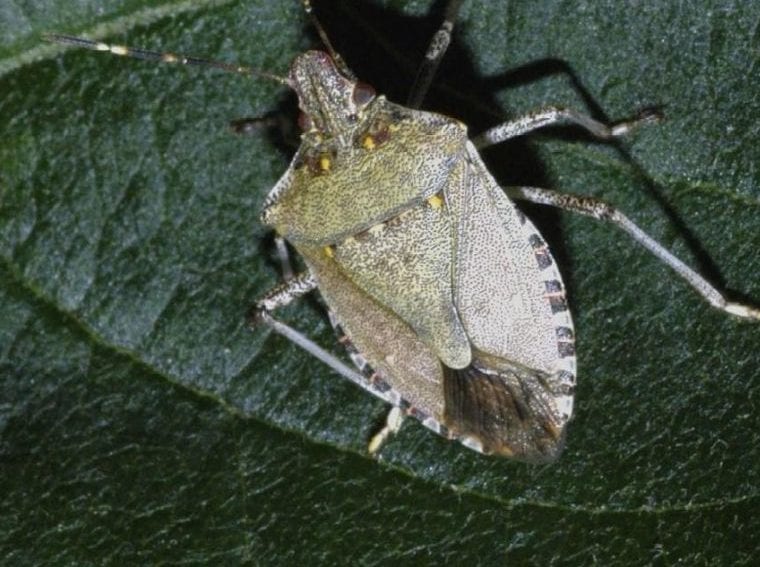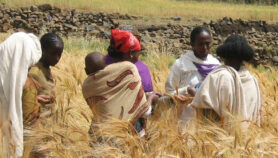Send to a friend
The details you provide on this page will not be used to send unsolicited email, and will not be sold to a 3rd party. See privacy policy.
A new study has identified essential nutrients in an edible insect known as stink bug and suggests it as an alternative food source to help meet the dietary demands of an increasing human population.
The study, published in the PloS ONE journal on 5 January, resulted from funding from the German Academic Exchange Service to aid postdoctoral fellowships in African centres of excellence.
Researchers from Kenya and Zimbabwe collected stink bugs — known scientifically as Encosternumdelegorguei — from Jiri Forest in south-eastern Zimbabwe during June 2014, when the insect’s abdominal fat composition is at its highest.
“Insects such as the edible stink bug, are highly nutritious and beneficial to human health and should be promoted into mainstream diets.”
Baldwyn Torto, International Centre for Insect Physiology and Ecology
The researchers created four harvesting quadrants that covered the entire forest. In each quadrant, they harvested the stink bug from branches of ten randomly selected trees. The researchers searched for chemical components such as antioxidants, amino acids, essential fatty acids and toxins.
“We found high protein, fatty acids and anti-inflammatory chemicals such as flavonoids content,” says Baldwyn Torto, a scientist at the Kenya-based International Centre for Insect Physiology and Ecology (icipe) and a corresponding author of the study. He adds that the edible stink bug has the potential to help lessen nutrient-deficient communities in Africa where vegetables and animal sources may be limited.
The researchers identified seven essential fatty acids for human nutrition and health out of the ten they found, four flavonoids and 12 amino acids, including two considered to be the most limiting in cereal-based diets.
The stink bug gets its name from the liquid it ejects when threatened, which smells strongly but is not dangerous.
According to the UN Food and Agriculture Organization, producing 70 per cent more food could help satisfy the estimated 9 billion human population by 2050. Edible insects could contribute to the world’s food security, says Torto, adding that most communities do not know which edible insects are truly nutritional and have beneficial effects on human health.
“This is what inspired our research to contribute to food security and income generation among the communities … across the African continent. Some of the traditional foods, including insects such as the edible stink bug, are highly nutritious and beneficial to human health and should be promoted into mainstream diets,” Torto tells SciDev.Net.
Stacia Nordin, agriculture and nutrition education specialist for the USAID (United States Agency for International Development) Feed the Future project in Malawi, concurs with the observation that edible insects are often a source of high-quality source of proteins, fats, vitamins and minerals, with the potential to improve nutrition.
However, she points out that good food safety standards need to be in place before insects can become a food source for the masses. “Food safety is paramount from production through processing, storage and consumption,” she says.
This piece was produced by SciDev.Net’s Sub-Saharan Africa English desk.
References
Robert Musundire and others. Aflatoxin contamination detected in nutrient and anti-oxidant rich edible stink bug stored in recycled grain containers (PloS ONE, 5 January 2016)














